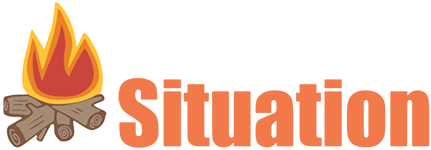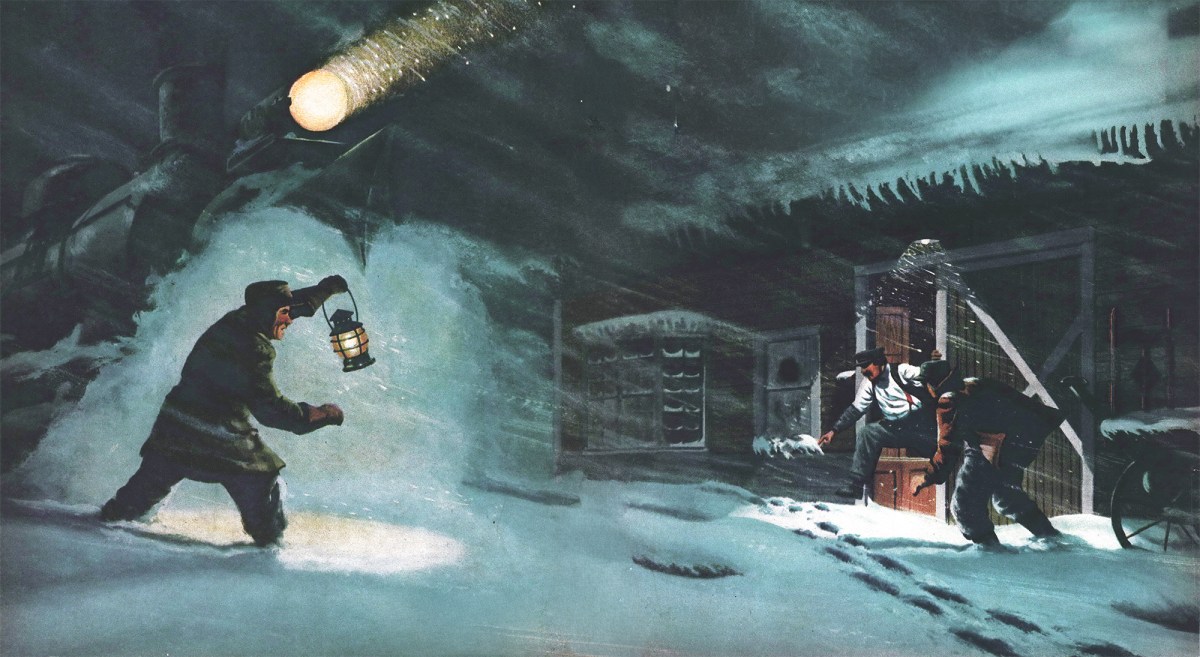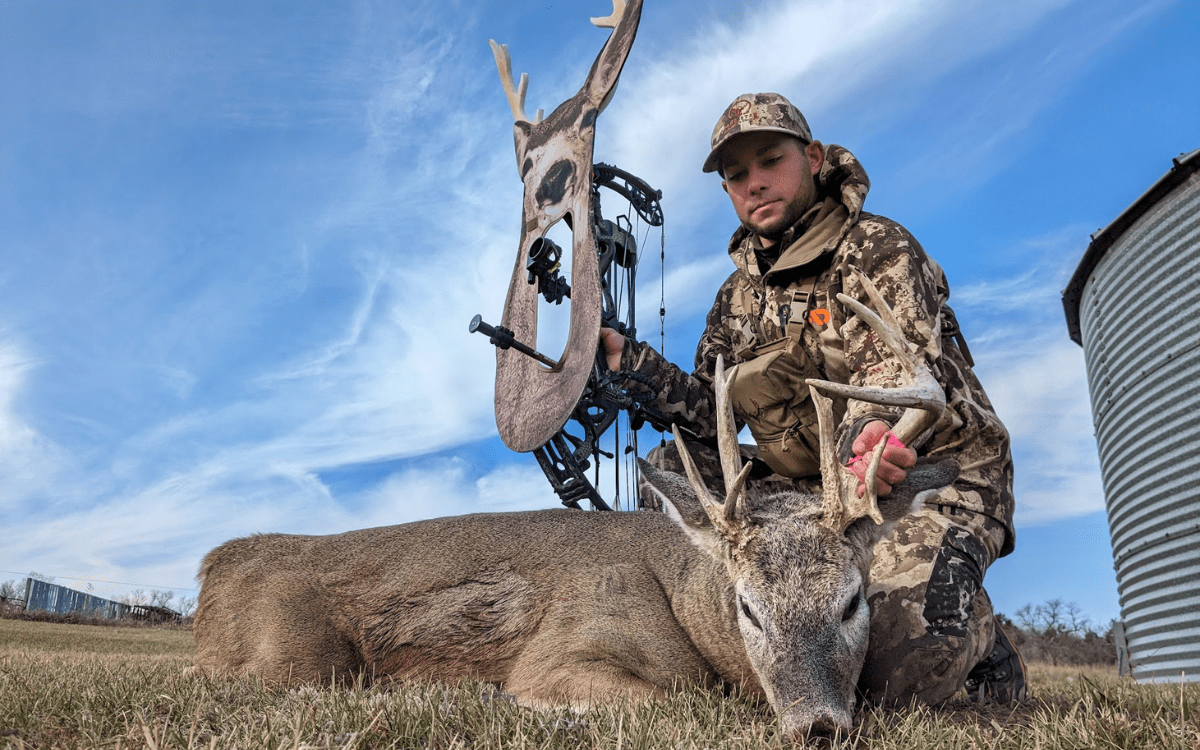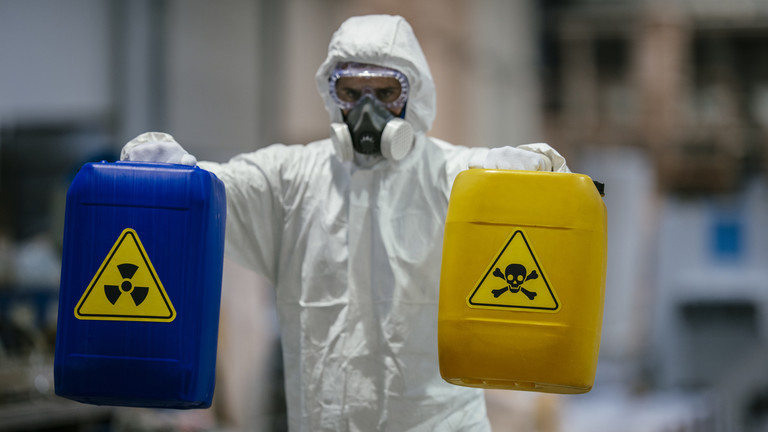Situational Awareness Training: Are You Really Prepared?
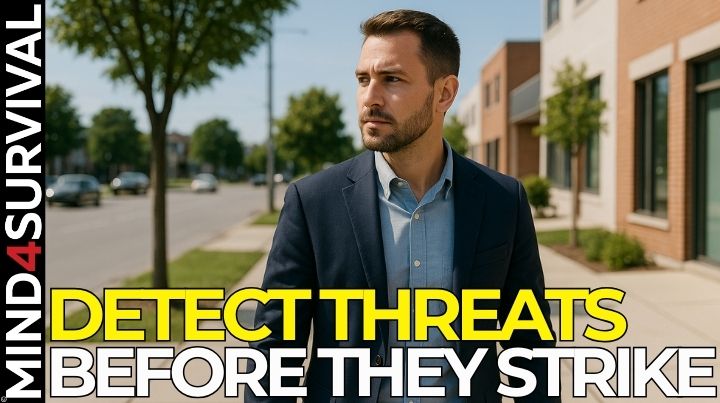
Podcast: Play in new window | Download
Every day, the world around you is sending signals — some obvious, many subtle. The ability to pick up on those signals, to read the situation before it unfolds, can mean the difference between success and failure in overcoming the problems that may head your way. In today’s world of uncertainty, sharpening your situational awareness training isn’t optional. It’s a necessity.
And the truth is, situational awareness training isn’t about fear. It’s about living consciously, stacking the odds in your favor, and putting yourself in a position to better manage both life’s opportunities and its dangers.
As a former Army Ranger, international security advisor, and paramedic, I’ve spent decades training and relying on situational awareness to stay safe in high-risk environments. So, today, I’m going to walk you through practical ways you can quickly develop your situational awareness training, so you’re ready for whatever the world throws your way.
TL;DR Situational awareness is about being in tune with your personal environment, honing your perspective, and stacking the odds in your favor. These 7 tips will help you sharpen your awareness so you can make better decisions, avoid surprises, and stay ahead of the curve—without the the doom and gloom, hype, or overreaction.
🎥 Prefer to watch? Here’s the full video version of this post:
Quick Look at What You’ll Learn
1. Use the OODA Loop to Improve Situational Awareness
First up: understand and use the OODA Loop.
OODA stands for Observe, Orient, Decide, Act. It’s a decision-making cycle originally developed by Air Force Colonel John Boyd for fighter pilots. But it applies perfectly to your everyday life too.
- Observe your surroundings.
- Orient yourself by understanding where you are and what’s happening.
- Decide on a course of action based on what you see.
- Act swiftly and decisively.
The key is that you’re constantly cycling through these four steps. You don’t observe once and move on; you’re always feeding new information into the loop to stay ahead of the curve.
Good situational awareness isn’t just about knowing what’s happening right now—it’s also about making better predictions about what could happen next. When you consistently observe and orient yourself effectively, you start to anticipate how situations might unfold. This ability to predict—even just a few seconds into the future—gives you a massive advantage, whether you’re avoiding potential threats, capitalizing on opportunities, or simply managing your everyday life more effectively.
Training your situational awareness also strengthens your decision-making skills and improves your overall problem solving abilities, allowing you to act swiftly and decisively when necessary. In the end, mastering the OODA Loop is a cornerstone of any serious situational awareness training program.
2. Stay in Condition Yellow (Cooper’s Color Code)
Next, you need to understand “Condition Yellow.”
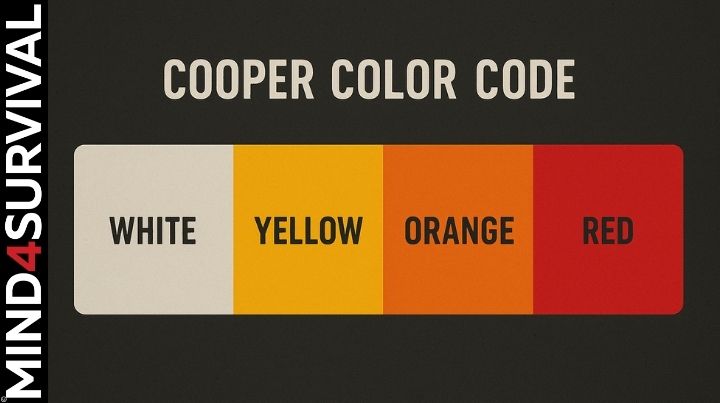
Colonel Jeff Cooper developed a simple system to explain awareness levels, known as Cooper’s Color Code:
- White: Unaware and unprepared.
- Yellow: Relaxed alertness. You’re aware of your surroundings, but not tense.
- Orange: Focused alert. You’ve identified a potential threat.
- Red: Action mode. You’re responding to the threat.
You should strive to live most of your day in Condition Yellow — calm, relaxed, but tuned in to what’s happening around you.
But let’s also be real: you can’t live your life entirely in Condition Red. Living constantly in “Action Mode” isn’t sustainable—it will wear you down physically and mentally. And as someone who’s personally dealt with the exhausting hyper-alertness of living in Condition Orange, I can tell you firsthand: that’s not sustainable either.
You have to allow yourself moments in Condition White, too. Moments when you can truly relax, be at peace, and recharge. The key is knowing when it’s appropriate to shift between these conditions—and not letting your guard down when you need to be situationally aware.
Balance is crucial. Situational awareness is about being ready—not about being paranoid, exhausted, or living in a permanent state of tension.
3. Know Your External Baseline
Baseline awareness means knowing what’s normal for your environment.
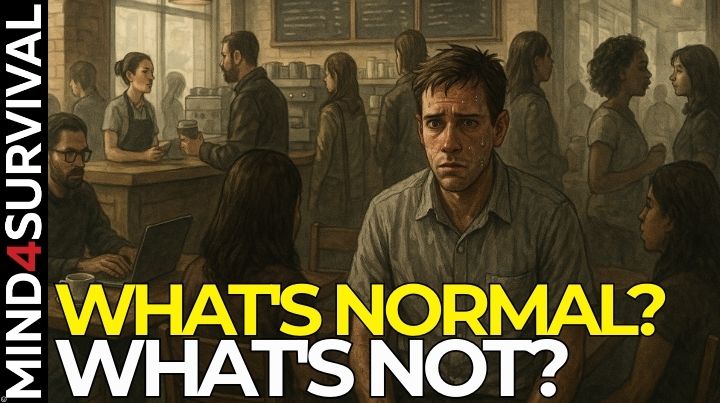
If you walk into a coffee shop, “normal” might be people chatting, baristas making drinks, someone working on a laptop.
If you walk into that same shop and everyone is dead silent, staring at the door, or you notice someone sweating heavily in a heavy jacket in the middle of summer, that’s abnormal.
Sometimes, it’s not even something you can see directly. It’s a feeling in the air — a heaviness, a tension, an unexplainable sense that something isn’t right. Learning to recognize those subtle environmental shifts is just as important as noticing the obvious visual cues.
But baselines aren’t just external—they’re internal too.
4. Trust Your Internal Baseline
Situational awareness isn’t just about watching your environment—it’s also about paying attention to how your own body feels.
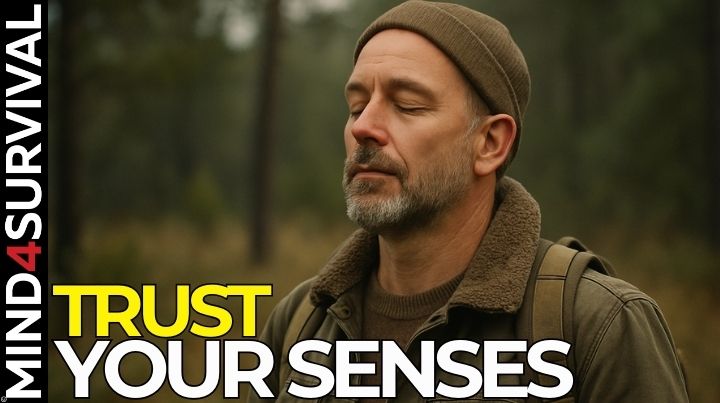
You have a “normal” internal state. You know how you feel when you’re relaxed: your breathing is steady, your muscles are loose, your mind is calm.
When something feels “off,” your body often knows it before your conscious mind does.
You might feel a tightness in your chest, a change in your breathing, tension in your muscles, or that gut feeling that something isn’t right. These internal signals are your body’s early-warning system, picking up subtle cues and trying to get your attention.
These sensations come from subconscious processes—your autonomic nervous system, your somatic senses, and your ability to sense your own internal state, called interoception.
Examples of these subconscious alerts include:
- A weird tightness in your chest before you even realize you’re anxious.
- An automatic shift in posture because your body senses strain.
- A slight shiver before you’re consciously aware that you’re cold.
- A gut feeling that something is wrong, even if you can’t yet explain why.
It’s like your body is quietly whispering hints all the time. If you’re paying attention, you can pick up on these early warnings much faster.
Trusting and tuning in to your internal baseline is a critical part of true situational awareness.
5. How to Scan Your Environment and Read Body Language for Threats
Scanning your environment doesn’t mean acting like a hyper-alert sentry with your head on a swivel. In situational awareness, noticing body language is a foundational skill for detecting potential threats.

Most of the time, it should be casual—simply being situationally aware of who and what is around you. Enjoy the world around you. Look at the people. Notice the flow of movement. Observe your exits and for possible dangers.
At the same time, paying attention to people’s body language is crucial.
- Are they acting appropriate to the situation—or do they seem nervous?
- Are they shielding something in their clothing?
- Are they clenching their fists, pacing, or displaying aggression?
Hands and body posture can reveal a lot—sometimes more than words ever will.
6. How to Improve Situational Awareness by Limiting Distractions
One of the best ways for any person to immediately improve situational awareness? Leave the phone alone.
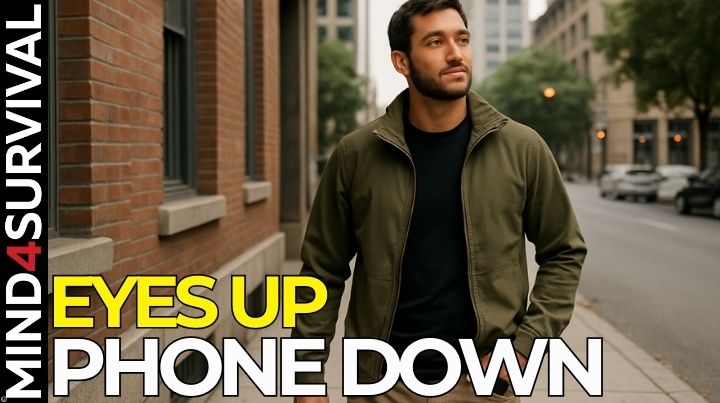
Better yet, when possible, leave it in the car or at home.
Phones are a critical tool for emergencies, but if you’re constantly checking your phone, you’re not paying attention to the world around you. And the world can change in an instant—with you becoming the emergency.
Besides, if you’re concerned about privacy, know this: your phone constantly tracks where you go, how fast you move, how long you stay somewhere, and even how you’re holding it. Breaking that tether also breaks their ability to monitor your movements so easily.
7. Practice “What-If” Thinking
Another powerful way to sharpen your awareness is to mentally rehearse different scenarios.
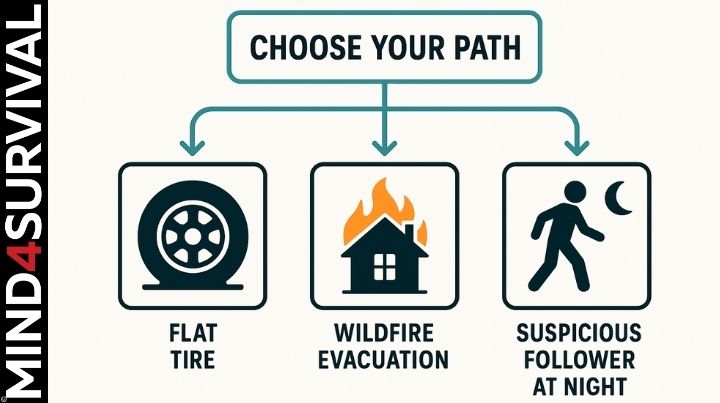
Ask yourself: “If something happens right now, what will I do?”
Here are five “what-if” examples you can practice:
- What if someone bursts through your door? (Family Protector)
- What if a wildfire threatens your neighborhood and you have to evacuate quickly? (Self-Reliant Homesteader)
- What if you hear gunshots while you’re in a shopping mall? (Urban Survivalist)
- What if you’re walking to your car at night and you notice someone following you? (Skeptical Newcomer)
- What if you get a flat tire in an unfamiliar area?
Running “what-if” drills conditions your mind and expands your situational knowledge to respond faster under pressure. It primes your OODA Loop to react faster and more effectively to developing situations you’ve already thought through.
Bottom Line on Situational Awareness Training
At the end of the day, situational awareness training isn’t a “prepper” thing. It’s a survival skill for your everyday life. Effective situational awareness gives you a vital edge in spotting trouble early and responding appropriately.
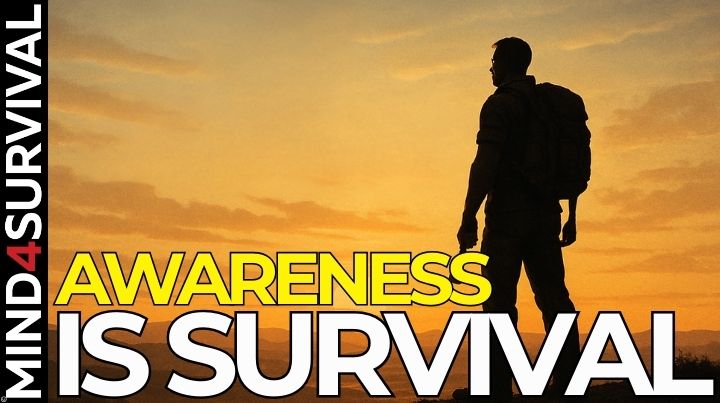
Building and maintaining your situational awareness gives you time, options, and control. It strengthens your decision-making process, sharpens your problem solving abilities, and increases your chances of detecting potential threats before they become imminent danger.
By paying attention, reading your environment, and honing your instincts, you stay ahead of threats and manage your physical response more effectively.
Ready to sharpen your instincts and take your preparedness to the next level? Grab your copy of Mind 4 Survival on Amazon today—packed with real-world strategies and hard-won lessons.—the link is down below.
It’s packed with practical advice, tested strategies, and real-world insights to help you sharpen your decision-making skills and develop the mindset you need to thrive.
Frequently Asked Questions About Situational Awareness Training
Before we wrap up, here are answers to a few common questions people often ask about situational awareness training.
Q: What is situational awareness training?
A: Situational awareness training teaches individuals how to observe, assess, and react to their environment. It improves your ability to detect potential threats early and make faster, better decisions in everyday life and emergencies.
Q: How can you improve your situational awareness?
A: You can improve your situational awareness by practicing the OODA Loop (Observe, Orient, Decide, Act), maintaining a relaxed but alert Condition Yellow mindset, scanning your environment for changes, and limiting distractions like smartphone use.
Q: Why is body language important in situational awareness?
A: Reading body language is critical because it often reveals a person’s true intentions before they act. Watching for signs of nervousness, hidden hands, or aggressive postures can help you detect potential dangers before they escalate.
Q: What role does mindset play in situational awareness?
A: Mindset is the foundation of situational awareness. A calm, proactive mindset helps you stay observant without slipping into fear or paranoia, making it easier to recognize threats while still enjoying your everyday life.
Additional Resources

Read the full article here
